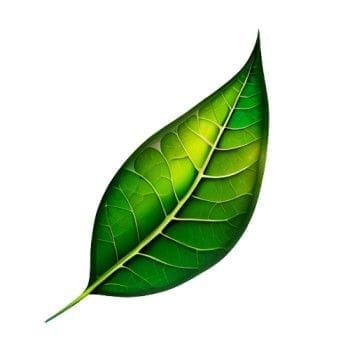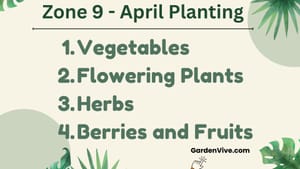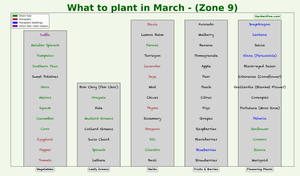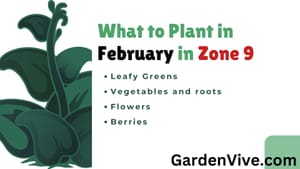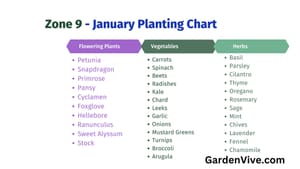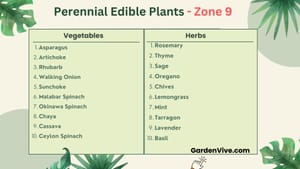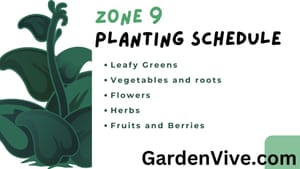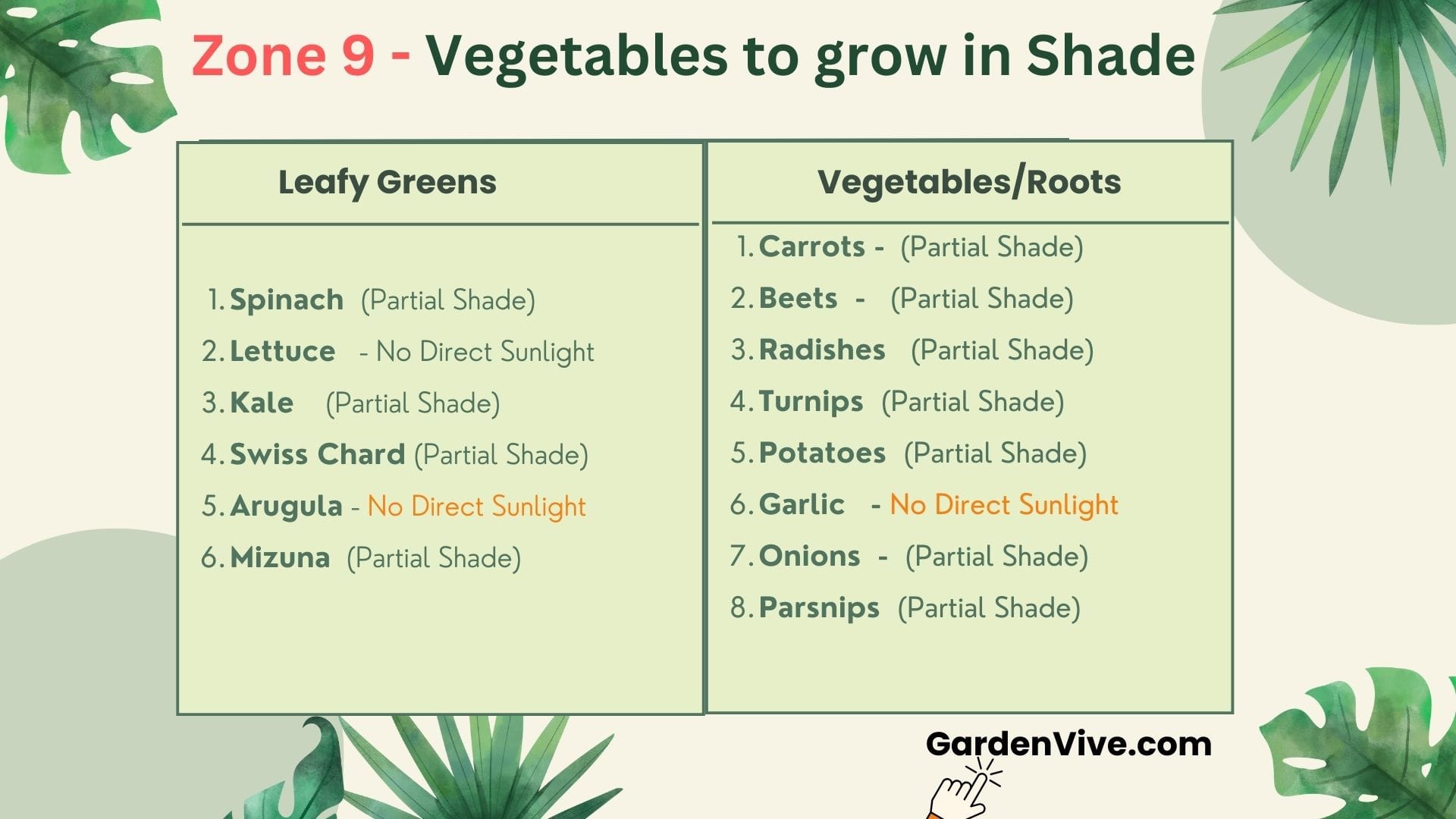
We gardeners share a common goal to use most of every inch of space in our gardens to grow something. But we struggle to grow plants in the shady areas. In general, vegetables need some sort of sunlight to perform well (Maybe partial or indirect ). In this article, you will find a list of vegetables that we can grow in shade in Zone 9.
I have tried growing almost every vegetable that we can grow in Zone 9 and for experimental purposes, I planted each of those under shade. Tried to grow the vegetables under partial shade (or dappled shade) and full shade (no direct sunlight is available).
Based on the results, I am listing the vegetables to grow in shade.
Note: If the vegetables can be grown well in the shade does not mean that they are shade-loving plants. They may perform better in sunlight.
Leafy greens
| Plant Name | Best Planting Season | Variety Suggestions | Shade Tolerance |
|---|---|---|---|
| Spinach | Fall to Early Spring | Bloomsdale, Space | Partial Shade |
| Lettuce | Fall, Winter, Early Spring | Butterhead, Oakleaf | No Direct Sunlight |
| Kale | Fall to Early Spring | Lacinato, Red Russian | Partial Shade |
| Swiss Chard | Fall to Spring | Bright Lights, Fordhook Giant | Partial Shade |
| Arugula | Fall to Early Spring | Astro, Wild Rocket | No Direct Sunlight |
| Mizuna | Fall to Spring | Early Mizuna, Red Kingdom | Partial Shade |
These are the leafy greens we can grow in shades.
In the last column of my chart, I have mentioned if the plant can tolerate partial shade or no direct sunlight.
If you want the planting schedule chart for Zone 9, check: Zone 9 Planting Schedule Chart for the whole year.
So what did I mean by partial shade?
An area that receives around 3 to 5 hours of direct sunlight. Even if the sunlight is coming through the branches and leaves of the trees. A mixture of light and shade. (I love this beauty)
And no direct sunlight, well, I don't have to explain this at all. 😁 Complete shade with only indirect light.
Vegetables and roots for shade in Zone 9
| Plant Name | Best Planting Season | Variety Suggestions | Shade Tolerance |
|---|---|---|---|
| Carrots | Fall to Early Spring | Little Finger, Danvers Half-Long | Partial Shade |
| Beets | Fall to Early Spring | Detroit Dark Red, Golden | Partial Shade |
| Radishes | Fall to Spring | French Breakfast, Cherry Belle | Partial Shade |
| Turnips | Fall to Early Spring | Purple Top White Globe, Hakurei | Partial Shade |
| Potatoes | Spring | Yukon Gold, Red Norland | Partial Shade |
| Garlic | Fall | Softneck, Elephant | No Direct Sunlight |
| Onions | Fall to Early Spring | Walla Walla, Texas Early Grano | Partial Shade |
| Parsnips | Fall to Early Spring | Hollow Crown, Javelin | Partial Shade |
Among these, Garlic performs the best in shade.
Tip: If you are growing vegetables in the shade, make sure you feed your plants a lesser amount of fertilizer. The veggies we grow in less sunlight can tolerate less amount of fertilizer. (Avoid chemical fertilizers)
Have you noticed most of the vegetables on my chart are root vegetables? Yes! root veggies perform better in low-light areas.
Why these vegetables can perform well in low light?
The chlorophyll of these plants is adapted to absorb lower light levels. This is why they can perform photosynthesis in little or no direct sunlight.
If you don't have enough time to look after your plants check: Low maintenance porch plants for Zone 9
If you are not a lazy gardener and want to grow Lavender, read: how to grow lavender in Zone 9.
Want more gardening tips for Zone 9?
Subscribe to this site to ask any questions, I will respond for sure. It motivates me to write more for you!
Tip: Mushrooms are not vegetables and they can grow well in shades.
